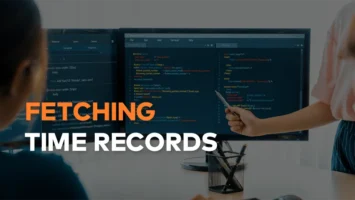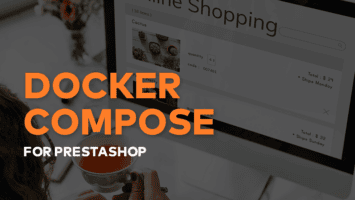There is hardly ever just one way of doing things. IT projects are a very diverse category, one that constantly evolves and requires new approaches – or updates to existing ones. Today, we’ll have a look at some of the most popular and effective project flow examples in IT, with the main focus on Waterfall and Time & Materials.
The main methodologies for conducting IT projects
Depending on who you ask or where you look for information, the list of the most popular methodologies in IT might be slightly different. The following approaches are likely to appear in many rankings:
- Waterfall
- Time & Materials (T&M)
- Kanban
- Agile
- Scrum
- Critical Path Method (CPM)
- Lean
- Six Sigma
- Prince 2
- Scrumban
- Critical Chain Project Management (CCPM)
- Extreme Programming (XP)
The list above is by no means complete, but it should give you an idea about the many possible options.
T&M and Waterfall – definitions
In the Time & Materials approach, the Client pays only for the completed work hours. It is a great option when it is difficult or impossible to precisely determine the amount of time or resources a given project will require, when its scope is unclear, or when it is expected that project requirements may change.
Waterfall is different. It is a linear, inflexible approach in which Client needs are outlined at the very beginning, after which implementation is carefully planned. The development process is often fast, and the costs and deadlines are set before the work begins. There is no way of going back in the process, and testing is conducted after most if not all of the work is finished. It is usually very expensive to change anything, and in most cases, one has to wait with implementing any changes until the whole project is completed.
Which approach will work for you?
You should choose Time & Materials when you would like to create a complex platform whose final form will depend on the changing business environment. It is the perfect choice when you are unable to clearly define a closed list of functionalities. Since this is a fragmented approach, if you wish, you can have a real impact on every stage of the system’s development. T&M assumes a flexible approach to your business needs, without the need to delve into technical elements. In this model, developers do not wait with testing until the very end. Instead, your system is subjected to continuous verification and adaptation, and changes can be implemented during the development process.
In contrast, Waterfall may be a good option for you if you know exactly what your business needs are, and what elements, integrations and mechanisms your dream solution should have. You need to have your system requirements specified precisely, and a clear date of completion should be specified. You must know the base and final elements of the system that are supposed to be tested near the end of the project. In this model, you will have to wait until the work starts because one of the first steps is the creation and approval of all technical documentation for the project. Select this method only when you are absolutely sure there will be no changes to your development process because any such changes will have a significant impact on the delivery date and will affect the final costs. Any new ideas that you come up with during the development process will have to be ignored, or they will extend development time and impose extra costs.
Pros and cons of each approach
Below is a brief outline of the advantages and disadvantages of the two methodologies.
In T&M, you only pay for the hours of completed work, so no price tag is placed on the entire project at the beginning. The main milestones and time are set for the project. Task completion is based on sprints and you are involved in the planning process, so the targets are realistic and adapted to the needs of your business. The process is flexible, so project guidelines may evolve during the entirety of development, leaving room for changes and new ideas. This methodology assumes you are involved throughout the work and individual elements are submitted to you for approval as work progresses. You have a real impact on what happens and how things are done. Your needs are analyzed by the team and translated into developer tasks. The division into sprints allows you to change task priorities. The final outcome may differ from the initial assumptions, but it will always conform to the final expectations of the market and the Client.
The Waterfall approach sets the price upfront. There is one predetermined schedule for the entire development process that includes inflexible deadlines for both you and the development company. This means the entire process can be blocked if desired content is not provided at the specified time. As most aspects are predetermined before the work begins, the technical assumptions cannot change once they have been established. In truth, every change stops the project, as it requires modifications in the documentation and the creation of a new estimate. You do not approve the individual elements of the project as work progresses, your approval is sought only at the end of the development process. The outcome is a project that fulfills initial assumptions, but it may not work business-wise if the environment changed.
Conclusion
Waterfall and T&M are the two polar opposites in IT development. If you are still not sure which methodology will work best for your project, reach out to us. With nearly two decades on the market, the team at createIT has successfully delivered numerous diverse projects for different markets worldwide.



















